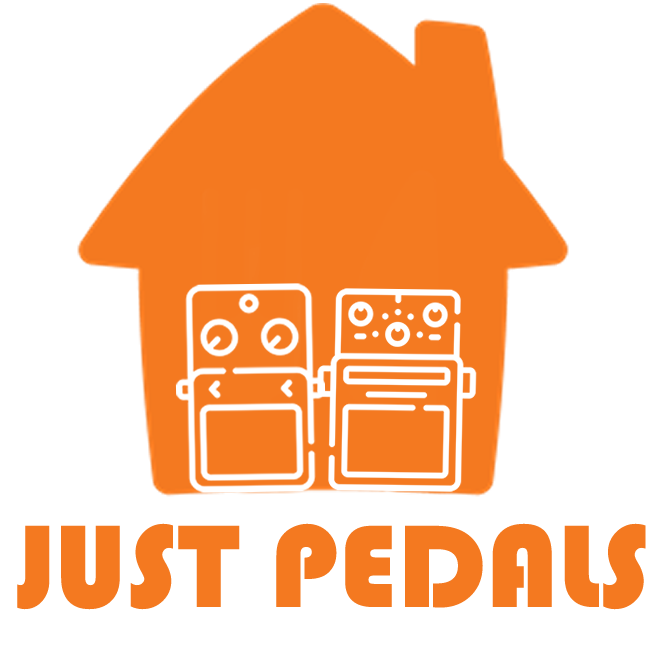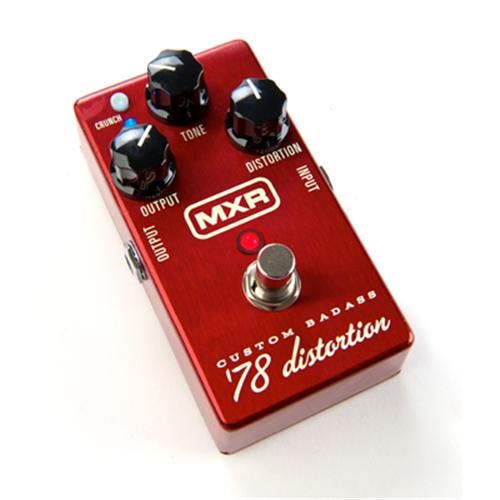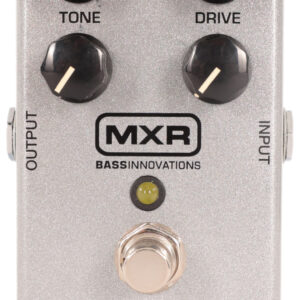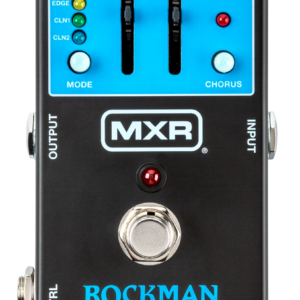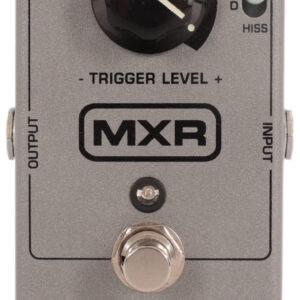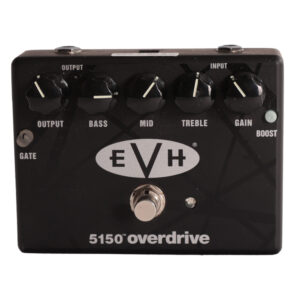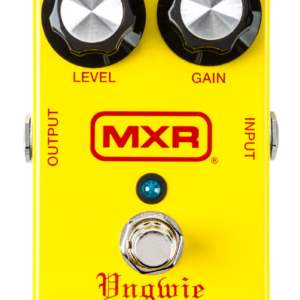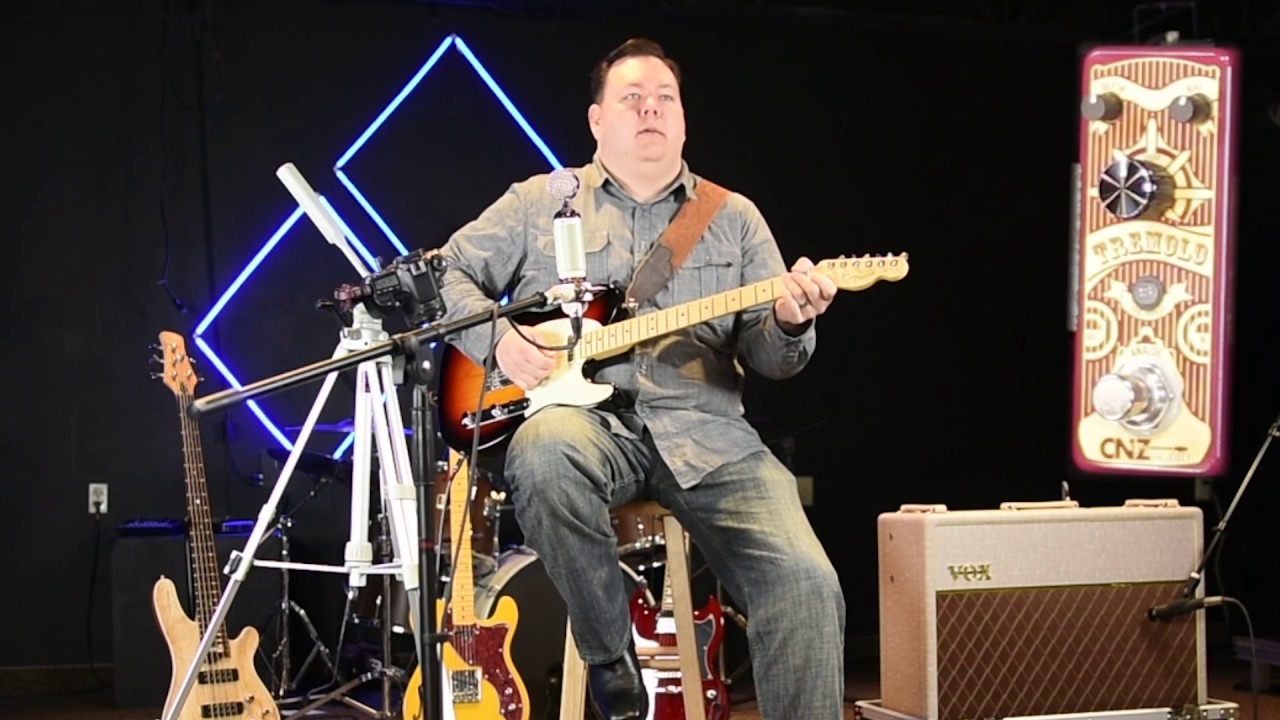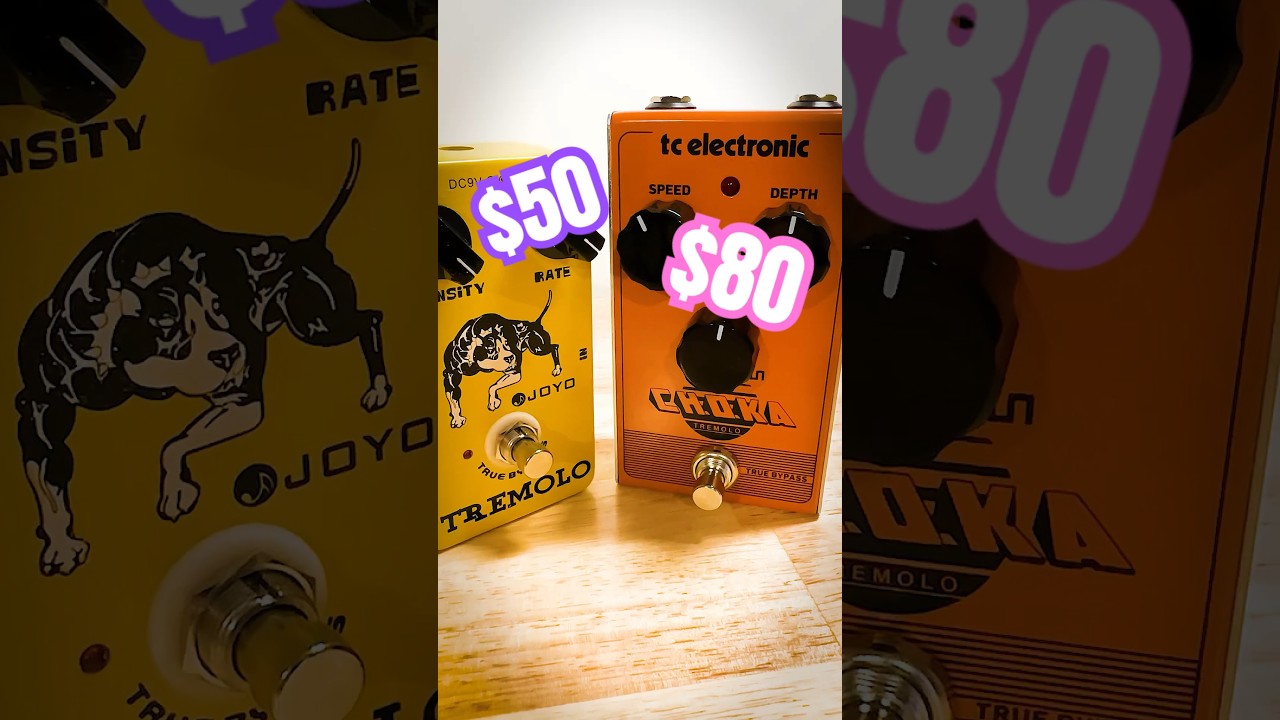Description
here at Just Pedals we love this MXR Custom Bad Ass ’78 Distortion Pedal. The first in a line from the MXR Custom Badass design team, the MXR Custom Badass ’78 Distortion is a factory-modded pedal that roars with huge amp stack tones and old school tube amp-like distortion.
We took a classic distortion circuit and hot-rodded it to the next level for over-the-top soaring leads and rich, saturated rhythms. With only three knobs, dialing in Badass tone is a cinch. The CRUNCH button allows you to choose between two different modes of diode and LED clipping, boosting the harmonic content of the distortion.
The ’78 Distortion’s wide open amp-like sound sounds great whether it’s in front of a clean amp, a slightly dirty amp, or a full on overdriven amp. Under the hood, this high performance machine features top notch circuitry and hardware meant for a lifetime of use.
